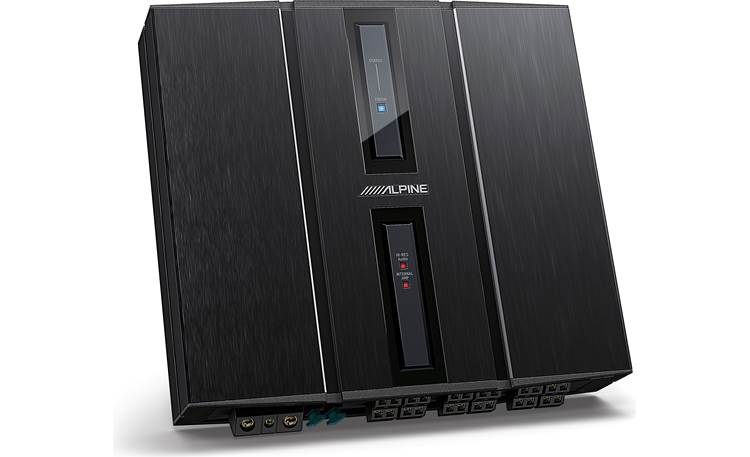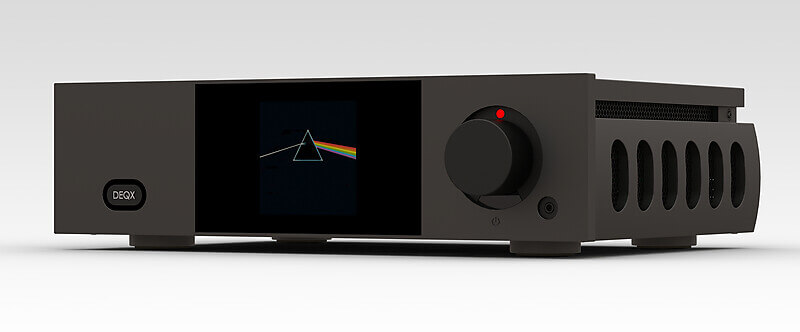Frequency response of my BEHRINGER ECM8000 measurement microphone (specially selected unit in 2008)
Hello dear ASR friends,
This post is a follow-up of my posts
here #813 and
here #819.
On October 5 Thursday, I made one-day my-car round trip to the home audio studio of “that my friend (hereinafter in this thread
Mr. TY)”, bringing my BEHRINGER ECM8000 measurement microphone (specially selected unit in 2008 fulfilling +/- 1.3 dB from flat level,
i.e. within 2.6 dB in total).
I have been using my ECM8000 not so frequently, about once in two months, and I have been always keeping it with utmost care of avoiding physical shocks as well as preventing too much humidity for long hours; I have been keeping it in my active large (W x H x D = 42 x 87 x 40 cm) acrylic desiccator box (moisture-proof case) of less than 20 % humidity, less than 25 degree-C temperature, together with all of my cameras/lenses and precision measurement gears.
As shared in
#813 and
#819,
Mr. TY has been working for a major recording company in Japan for long yeas, and he retired from the company around 2015; he is now enjoying his retired audiophile life having his home audio/recording studio with nice audio setup of excellent studio monitor SPs sub-woofers and ribbon super-tweeters capable of nice reproduction of 15 Hz to 30 kHz. Furthermore, he has a matched pair of EARTHWORK M50 measurement microphone with certified Fq response/calibration data obtained recently in this year.
Our current objective was/is to get Fq response deviation of my ECM8000 from his M50, and apply such deviation data to M50’s “certified” response curve to give approximate Fq response curve for my ECM8000.
Let me briefly describe about our simple measurement setup as follows.
Firstly, we carefully physically set M50, using tripod, about 1.5 m from L-channel of his SPs; M50 was connected to my audio interface TASCAM US-1x2HR for recording by using ADOBE Audition 3.0.1 on my laptop PC in 96 kHz 32 bit (floating) monaural format.
We used well prepared 96 kHz 24 bit stereo white noise (
i.e. 10 Hz to 48 kHz white noise) for our recording (we played the L-channel only for our recording); I (we) have little interest on absolute/relative sensitivity of M50 and ECM8000, and hence the recording gain level was set about -12 dB for our 2-min consecutive recording of the white noise sound. Of course, the volume/gain for playing the white noise was rather low, well below the clipping level, of his excellent audio system so that the effects of “room modes” could be minimized.
Please note that we also recorded the sine sweep track (10 Hz to 48 kHz in about 1 min), but the stability and reproducibility of FFT Fq analysis was better by using cumulative/recorded white noise especially in low Fq zone below 200 Hz (ref.
here #392 and
here #404); in this post, therefore, I sticked to FFT Fq averaging analysis of “cumulative/recorded 2-min white noise” for relative comparison of M50 and ECM8000. (
This kind comment by Dr. Floyd Toole given to me would be also of your reference.)
We did the exactly same recording using my ECM8000 set precisely identical physical geometry which we have set M50 under exactly the same audio settings.
For FFT averaging Fq analysis on the whole of the 2-min white noise recorded data, we use FFT size 65536 for 10 Hz to 500 Hz, and FFT size 512 for 500 Hz to 30 kHz, both with Blackmann-Harris FFT window in ADOBE Audition 3.0.1; here these FFT sizes were selected as the proper and reproducible smoothing factor for resulting Fq response curves.
Since
Mr. TY is not comfortable about sharing here the intact Fq response of M50 in his audio setup (including his studio/room acoustic modes), let me share here only the “deviation data” for my ECM8000
vs. his M50, and the application of such deviation data on the M50’s “certified” response curve to give approximate Fq response curve for my ECM8000, as shown in this diagram.
This diagram shows the obtained Fq response of my ECM8000 in vertical dB scale of +/- 1.0 dB and in +/- 3.0 dB:
We were much surprised and relieved that my ECM8000 (specially selected in 2008) still has acceptably flat response throughout 10 Hz to 22 kHz within +0.7 dB/-0.5 dB from flat response,
i.e. within 1.2 dB in the whole; you would please be reminded again that the special selection of my ECM8000 was done in 2008 fulfilling the criteria of within +1.3 dB/-1.3 dB,
i.e. within 2.6 dB in whole at that time.
This diagram represents such measured Fq response of my ECM8000 in identical X-Y scale with the typical Fq response curve printed on the outer product box of ECM8000 which I purchased in 2008;
It is obvious that I have quite a lucky unit of ECM8000 having unexpectedly flat response even 15-year (or more) after its production.
Those who use BEHRINGER ECM8000, however, should well notice that this kind of acceptably flat response cannot always be expected for your unit, as
@pma and
@thewas kindly chimed to me in posts
#809 and
#810.
Furthermore, as I shared in my post
#816, the recent products/versions of ECM8000 generally have considerably worse Fq responses; I could get information that
Cross-Spectrum Acoustics used to deliver measured/calibrated ECM8000 with calibration data attached, but they gave-up such service since the quality of recent model/version of ECM8000 (not made in Germany or in the USA, I assume) has badly deteriorated to the point of that they can no longer justify the effort in dealing with as they declared
here.
If I dare to plot Fq response curve of my specific ECM8000 on the distribution data of 125 units of ECM8000 (ref.
here), it can be seen as in this diagram;
In any way, I am relieved (and a little bit surprised) that I could confirm my ECM8000 specially selected in 2008 still has very nice flat response within total 1.2 dB gain span over 15 Hz to 22 kHz now after 15-year later, I know well this is just quite rare and lucky case for myself.
Yes, I should continue keeping my own treasure ECM8000 very carefully in my active acrylic desiccator box (moisture-proof case), less than 20 % humidity, less than 25 degree-C temperature.







